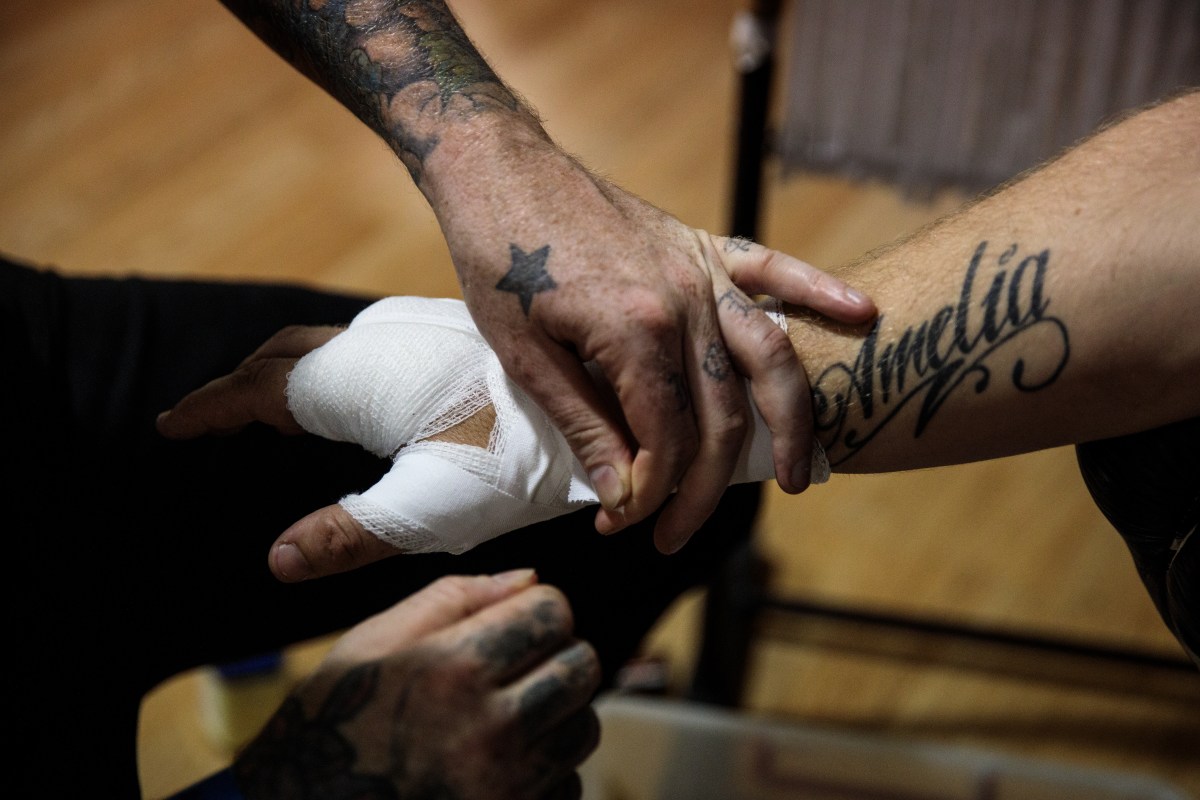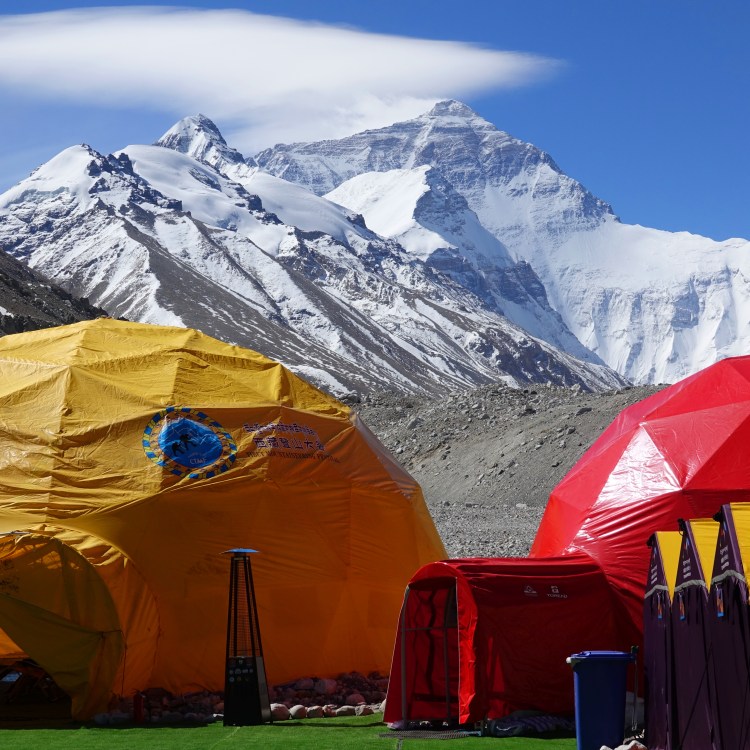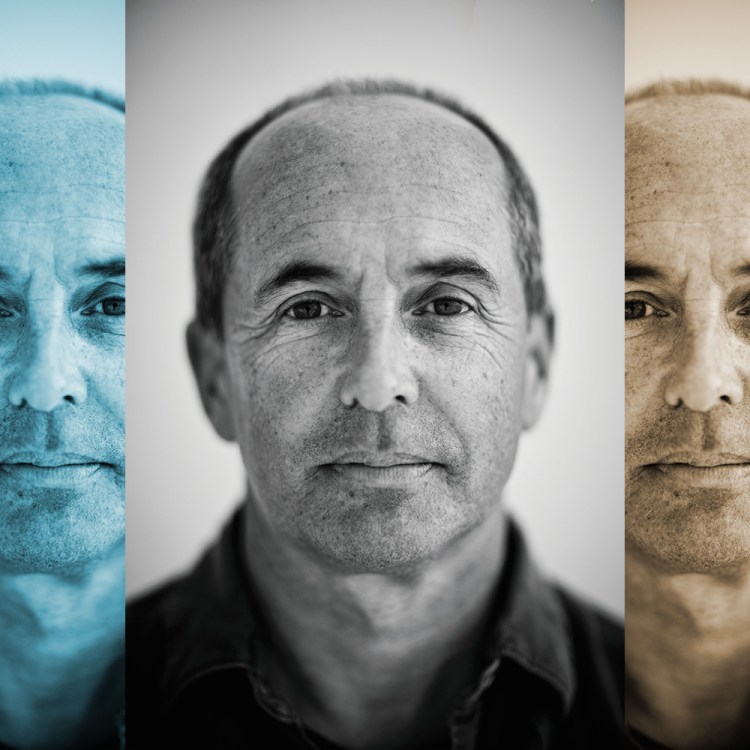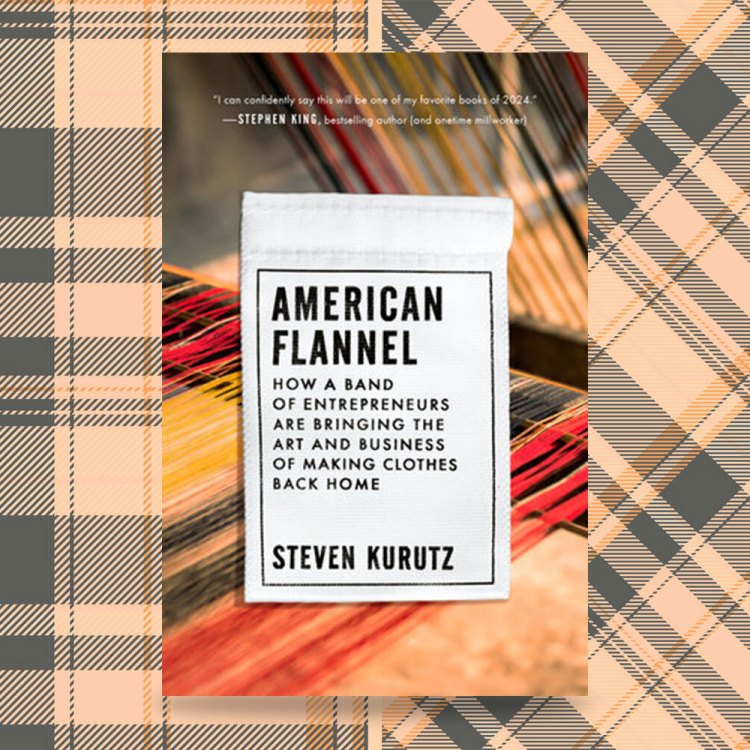We all do a little soul searching in our 20s, but in 2003, just a year out of college, Jaed Coffin went on an ambitious journey with no end in sight. He set out from the coast of Washington State in a kayak, working his way north through tiny seaside towns in British Columbia, and eventually paddled his way to the small coastal city of Sitka, Alaska. He found an apartment, took a job teaching in a local high school and waited to see where life would take him.
As it turns out, his destination was a boxing ring. Coffin began training at an area gym, and fell into a local circuit of boxing which took place a short flight away, at a bar called Marlintini’s Lounge in the state capital of Juneau.
It’s the “[b]iggest barroom in Southeast Alaska,” Coffin tells InsideHook — which is to say that it wasn’t particularly large. The personalities there were another story. Coffin would fight on bills with or alongside fighters with nicknames like “Kid Roo,” “The Dirty Dog” and “The Goat.” These bouts were unruly affairs in front of a screaming crowd in a tightly packed room, the voice of the event’s host offering constant commentary as each fighter did their best to defeat their opponent in a relatively short amount of time.
As befits his last name, Coffin’s own sobriquet in the ring was “The Stone.” His competitive boxing days are long over; he now resides near his hometown in Maine. His memoir of his time in Alaska, Roughhouse Friday, is a fascinating account of life at a crossroads and his complex relationship with his father and the ideals of masculinity that had been handed down to him. But it’s also a vivid portrait of an isolated fighting culture — a regional take on boxing with its own set of rules and its own set of ringside heroes and villains.
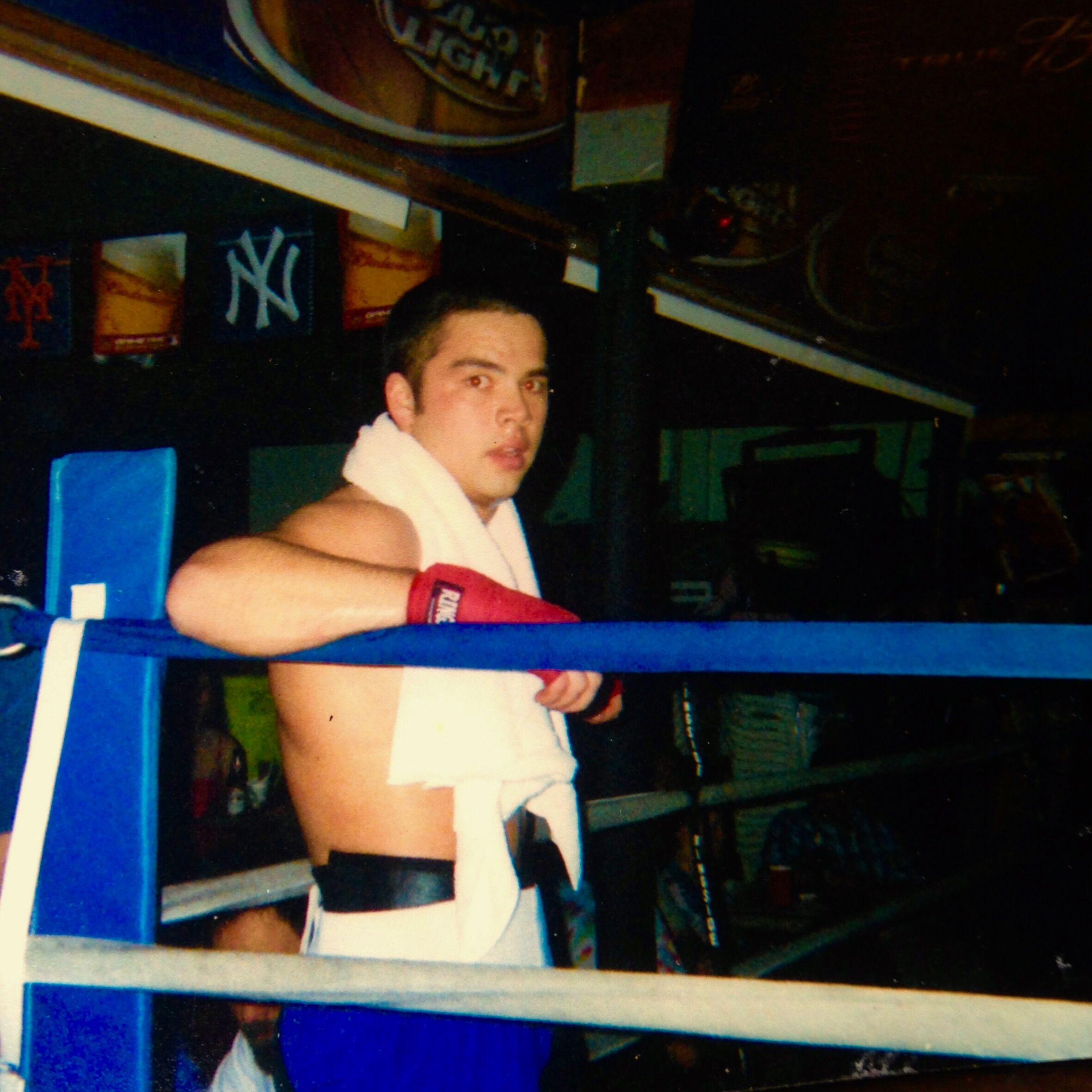
Roughhouse boxing blossomed in unexpected and out-of-the-way spaces the way most underground scenes do. There were no huge contracts, no TV deals and no multi-million dollar advertising campaigns. Fights took place in rented halls and on the dance floors of bars. Some of the fighters trained seriously for months before their bouts, while others just happened to be in the right room at the right time.
Coffin began boxing shortly after arriving in Sitka by chance. He heard the sound of training down the hall from the weight room where he was exercising. Intrigued, he investigated, made his introductions, stuck with it and eventually began boxing when a fight card in Juneau had a few open spots that November. As he explains in his memoir, “The promoter paid for the plane tickets and hotel rooms, and if I won, he’d write me a check for $150.”
Along the way, Coffin’s Tlingit trainer, Victor Littlefield, emerges as one of the memoir’s most engaging figures: a devoted husband and attentive mentor who also possessed an impressive skill at knocking people down in a boxing ring. After he’d amassed some regional success, his wife asked him to end his fighting days so they could settle down and start a family; when he did so, she helped him establish a boxing club in Sitka.
You cannot really go very far in the Roughhouse world in Alaska.
The unique regional boxing scene Coffin participated in began with an Anchorage-based promoter named Bob Haag and his brainchild: the Southeast Showdown, a tournament in Juneau. Initially hosted at the 700-capacity Alaska Native Brotherhood Hall, the Showdown moved to the smaller and far less centrally-located Marlintini’s after the memorably-named “Microphone Debacle” in 2003.
The Microphone Debacle involved The Goat being paired opposite several members of the Duckworth family in successive rounds of that year’s Showdown. The Goat took to the microphone to mock his opponents — including the declaration, “I ain’t never seen a duck kick a goat’s ass” — which triggered a brawl, leading to one fighter being hospitalized after breaking a window. So ended the Southeast Showdown’s tenure at the Alaska Native Brotherhood Hall.
Haag spent the 1970s working as a boxing promoter throughout Alaska, where he found that the sport had a difficult time catching on. A call a decade later from the state’s athletic commissioner prompted an epiphany: what if boxing had fewer rules? The version of the sport that Coffin and others partook in was one with one-minute rounds, a total of three weight classes and local EMTs standing by should medical aid be required. It was a distillation of the sweet science into something faster and louder: the moonshine of fighting, perhaps.
Haag (who also had a sideline judging MMA matches) took Roughhouse to various small towns and cities around the state — and found a substantial appetite for it in Juneau in particular. “Southeast Alaska had something the big cities didn’t: fierce rivalries between tribal nations and Native communities that went back decades, centuries even,” Coffin writes in the book. Some of the fighters who came did so in search of money to pay the rent or fix a car; some were not in the greatest physical condition, hence the presence of minute-long rounds in each bout.
Watching footage of Roughhouse fights, you notice two things almost simultaneously. The first is that the technique of the fighters varies dramatically from bout to bout. Some of the boxers look experienced and poised in the ring; some look like they have absolutely no business being there. The second thing you notice is that it’s incredibly, incredibly loud. The crowd in the 400-capacity venue sounds like an arena, roaring for the fighters, sometimes with abundant profanity. Fans are egged on by Haag’s ongoing commentary, and you can see it reflected in the faces of the fighters, energizing boxers who might otherwise be on their last legs.
The anything-goes ethos of Roughhouse boxing might be best summarized in a 2008 Juneau Empire article by reporter Courtney Nelson. Nelson succinctly told the story one of the bartenders at Marlintini’s Lounge, 26-year-old Shannon “Fighting Irish” Williams, who stepped into the ring one night when a scheduled fighter failed to show up. “Williams stayed on the offensive and chased Phillips around the ring, landing head blows to get the win before heading back to tending bar,” Nelson writes.
Elsewhere in the article, Nelson recapped the night’s other bouts, including a pair of friends and Coast Guard sailors facing off against one another, a 47-year-old man boxing for the first time and a fighter named James “The Beast” Roberts who faced off against an opponent over a hundred pounds lighter — and lost. This, then, was the world of Roughhouse boxing: a place where you might fight your friend or the bartender might end up fighting you, and at the end of the night, you’d take home a little money.
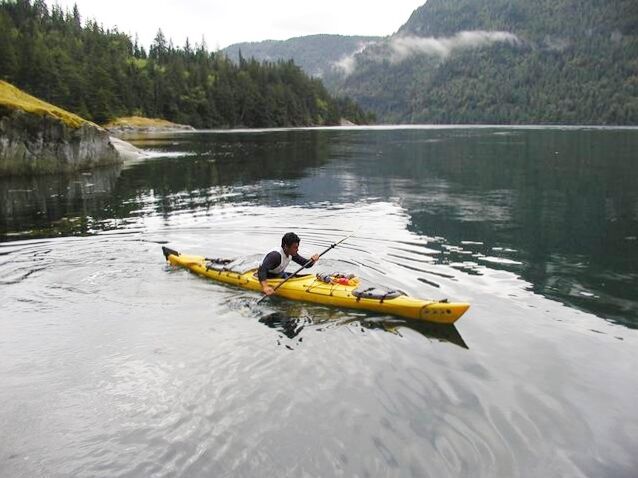
Coffin eventually left Alaska to continue his travels, including living in Spain for a time. While he’d left Alaska behind, he didn’t abandon boxing. Instead, he continued at it for years after he returned to the United States. By his own estimation, Coffin fought eight amateur fights in the span of two years. But that process required getting up to speed on some of the sport’s techniques.
“There are guys who definitely passed through the doors of Marlintini’s on their way to doing other things, because you cannot really go very far in the Roughhouse world in Alaska,” he explains. There’s also the matter of whether a history of Roughhouse boxing might jeopardize someone’s amateur status.
“They do not really give you much advantage as far as moving a boxing career forward,” Coffin says. “I did not tell anyone back East that I had fought.”
Aside from local media — Coffin held out plenty of praise for both the Juneau Empire and Courtney Nelson’s work documenting the Roughhouse world — there hasn’t been much written about this scene. In fact, Coffin originally intended for Roughhouse Friday to be a work of journalism rather than a memoir; his first trips back to Alaska after leaving Sitka were to research that particular version of this book.
You might fight your friend or the bartender might end up fighting you, and at the end of the night, you’d take home a little money.
“I thought I would be writing more of an external journalist narrative about this world,” he recalls. “And that I would be a person at the bar who had done some fighting but was not the center of the story, and then the publishing industry had different plans. I am still torn up about it.”
Finding documentation of some fights can be difficult, Coffin acknowledges. “It is really hard to track people down who are connected to a boxing show that at least, during that early period when I was there, had no paper trail, had no official paperwork or licensing,” he says. “It was just people walking in and out of bars.”
The last Roughhouse fight at Marlintini’s took place in 2014 — around the same time that the a 35mm film was projected onto a movie theater screen in Juneau for the last time, two eras coming to an end. Marlintini’s Lounge has closed in the intervening years, as has the bar that replaced it. But these fights live on in newspaper archives, clips posted online and in Coffin’s memoir.
For Coffin, that act of documenting this scene was critical. “One of the joys of writing the book was to know that at least there is an entryway into these stories,” he says. “It is my story, but I am hoping that some of the people who show up in the story are at least reminded of a pretty special period in the city.”
This article was featured in the InsideHook newsletter. Sign up now.
